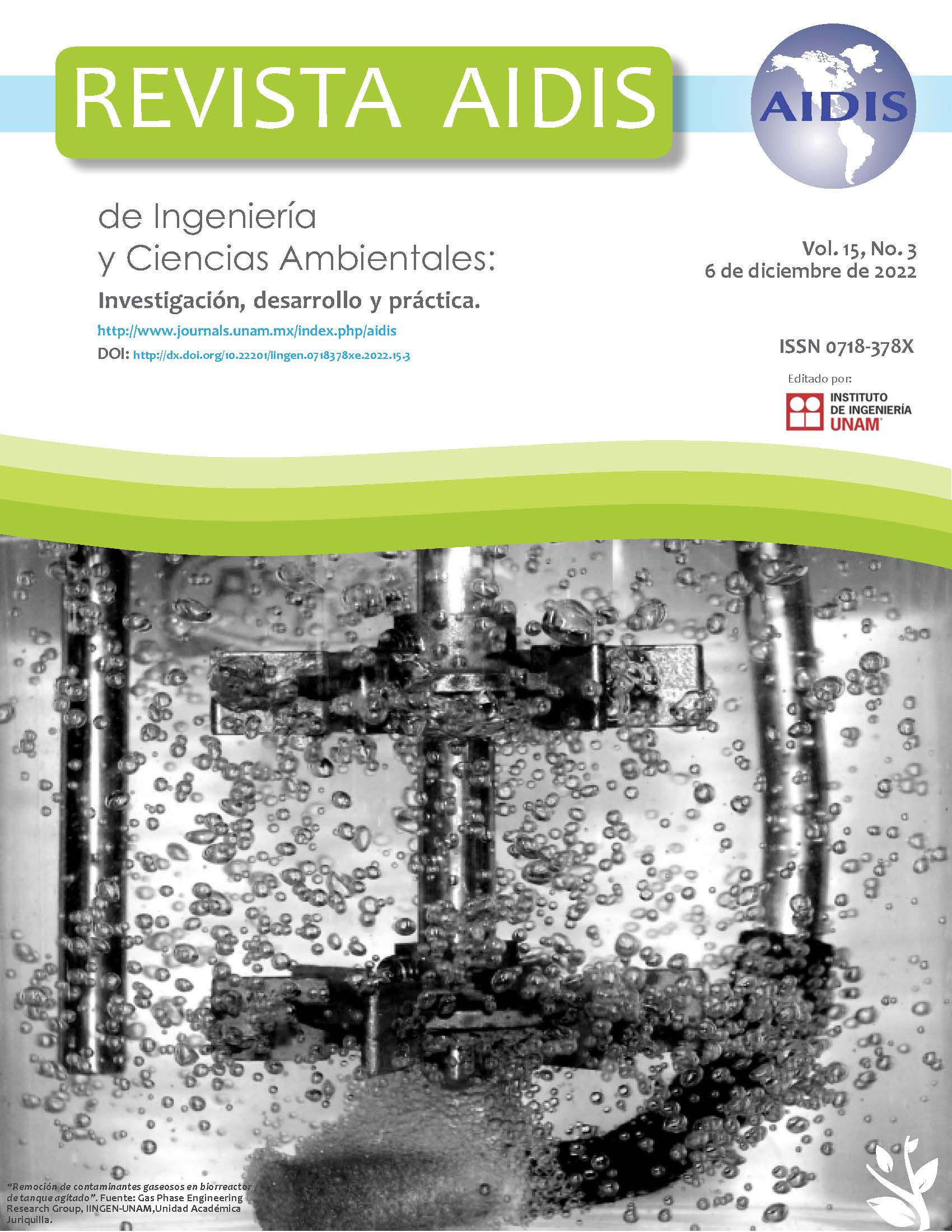REVIEW: PARABENS REMOVAL BY OZONIZATION PROCESS
Main Article Content
Abstract
The presence of parabens and other emerging compounds in wastewater is a reality that must be studied and discussed by physical, legal and research entities in the environmental and sanitation areas, given their potential risks to human health and natural ecosystems. Understanding these new pollutants is necessary for the development and improvement of effective treatment technologies, as current processes are not able to remove them. Researchers from all over the world study and bet on Advanced Oxidative Processes (AOPs), such as Ozonization process, as one of these solutions. As any other remediation process, important operational parameters must be considered, such as the effects of pH, ozone doses, reaction time and addition of oxidizing agents, catalysts and UV irradiation, given that the simple ozonation process has low rates of mineralization due to the generation of organic compounds refractory to the action of ozone, which will be the subject of this study.
Article Details
Citas en Dimensions Service

This work is licensed under a Creative Commons Attribution-NonCommercial-NoDerivatives 4.0 International License.
